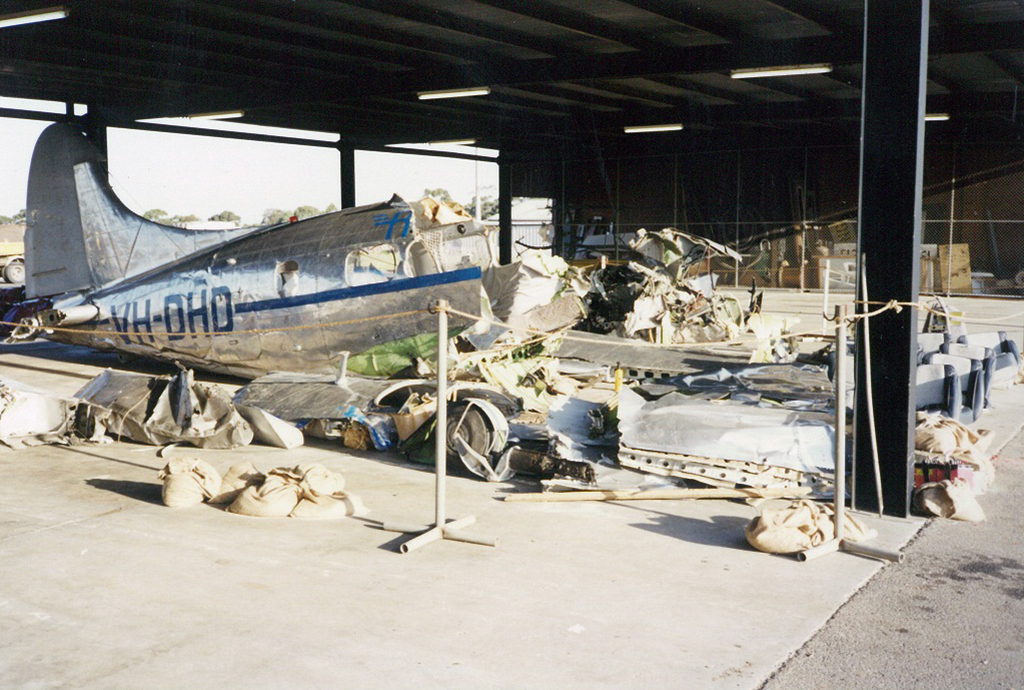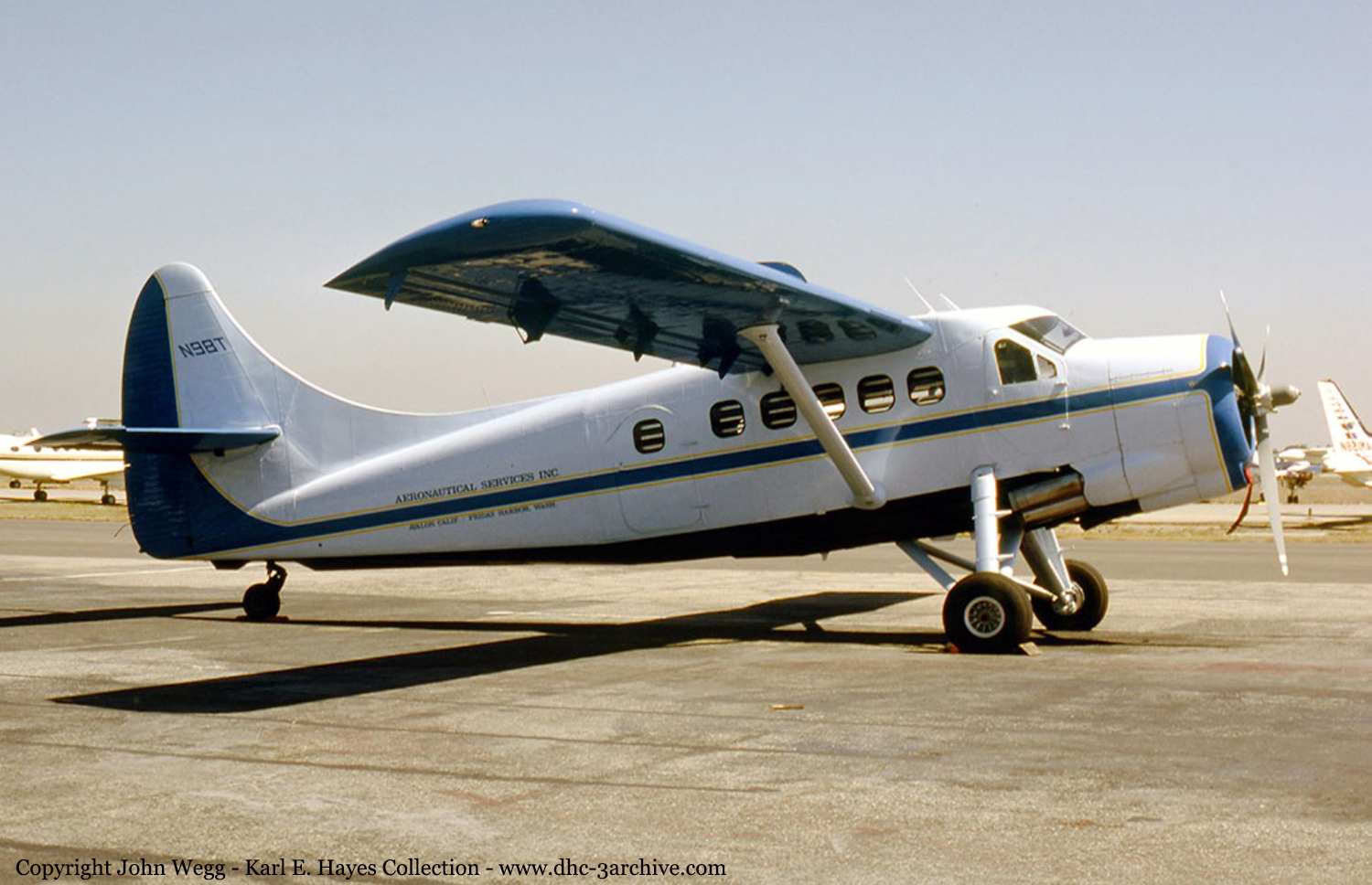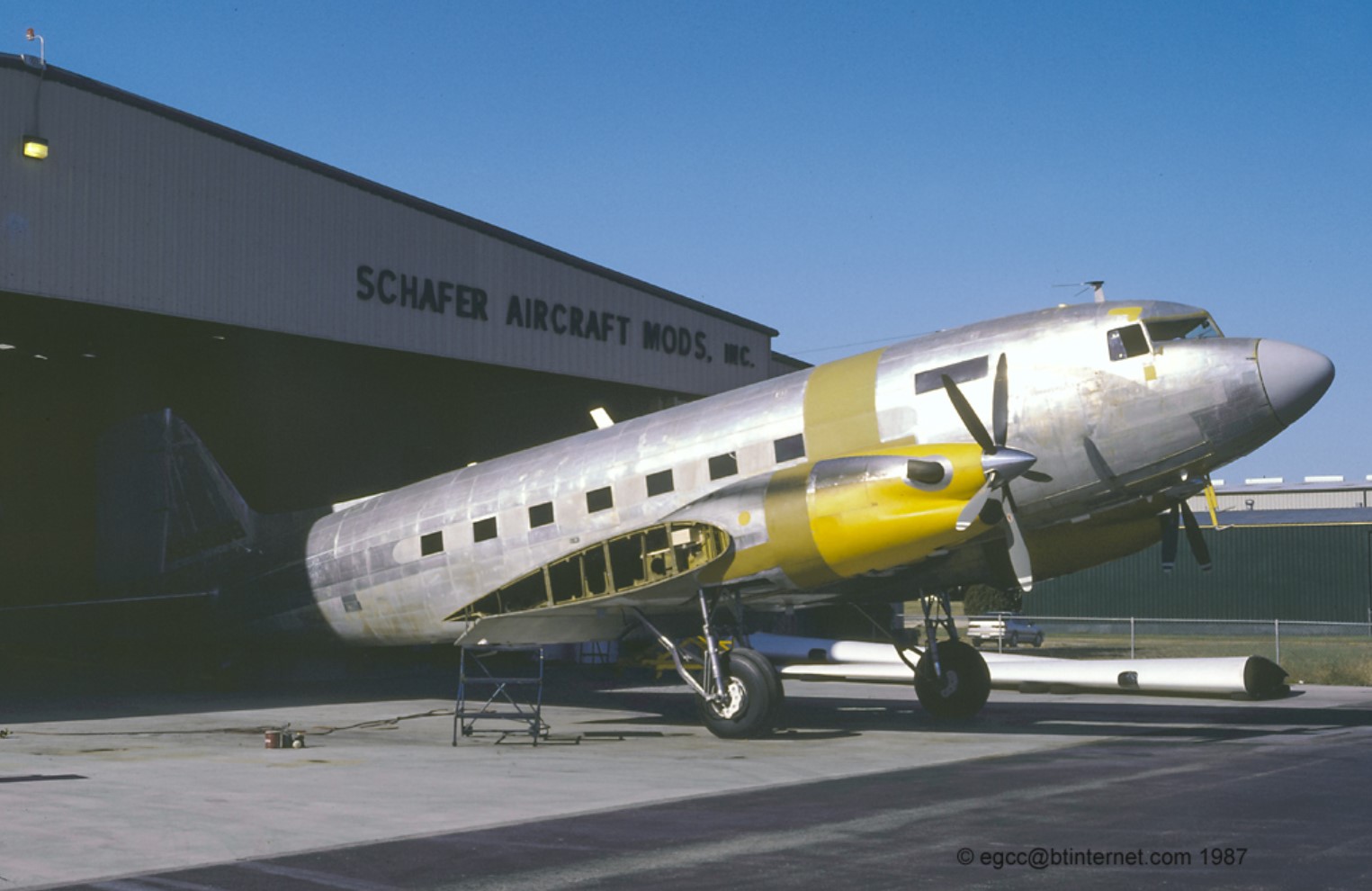Crash of a Piper PA-46-310P Malibu in Pine Island
Date & Time:
Dec 7, 1993 at 1530 LT
Registration:
N4391C
Survivors:
Yes
Schedule:
Pine Island – Kendall-Tamiami
MSN:
46-8508053
YOM:
1985
Crew on board:
1
Crew fatalities:
Pax on board:
4
Pax fatalities:
Other fatalities:
Total fatalities:
0
Captain / Total hours on type:
125.00
Circumstances:
The pilot stated that he was attempting a takeoff on a 2,700 foot sod runway and hit a soft spot which decreased his groundspeed by 15 to 20 miles per hour. He continued the takeoff attempt and struck trees at the end of the runway. The airplane fell to the ground and burst into flames.
Probable cause:
The failure of the pilot-in-command to abort the takeoff. A contributing factor was the soft condition of the runway surface.
Final Report:











